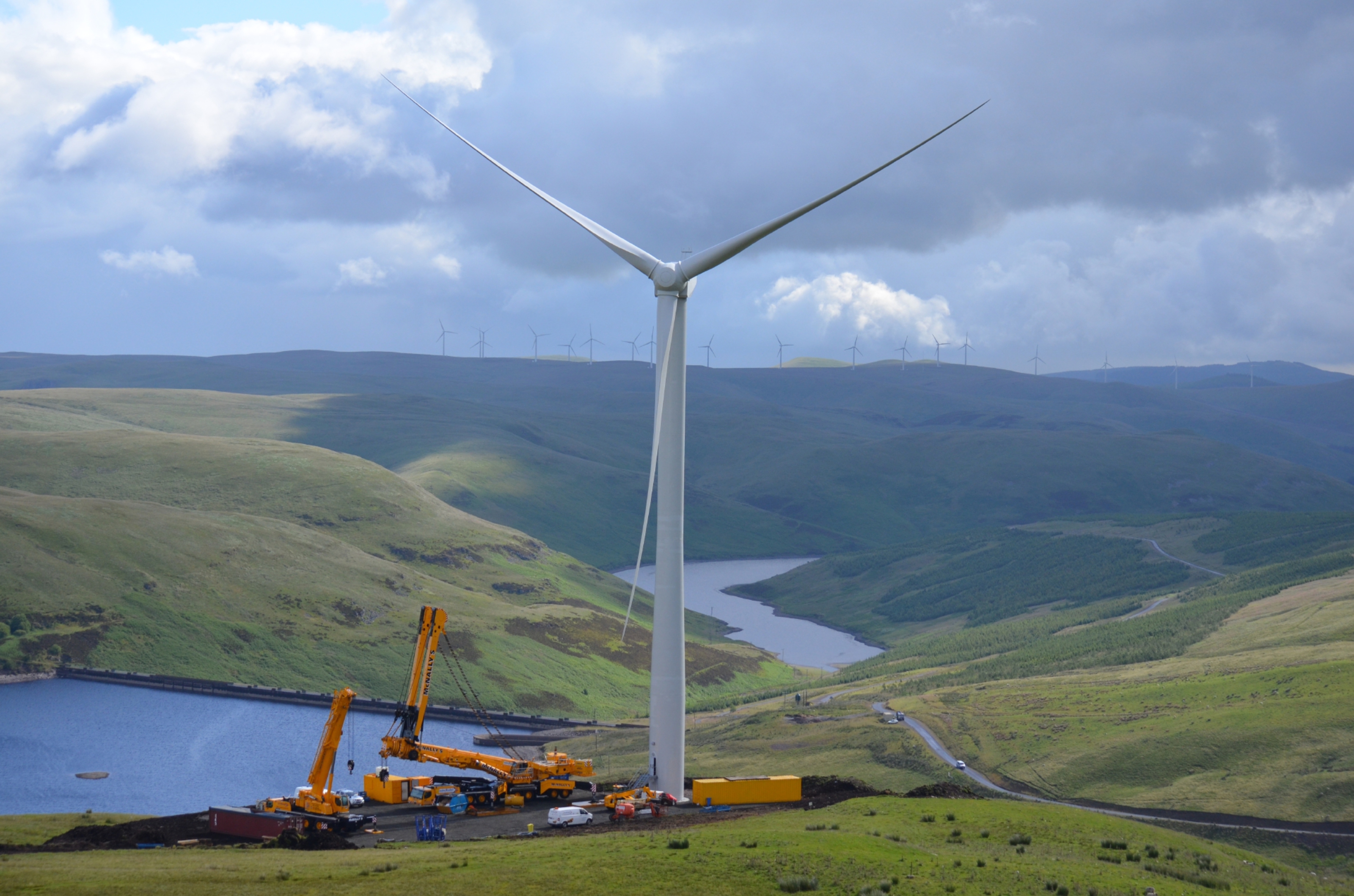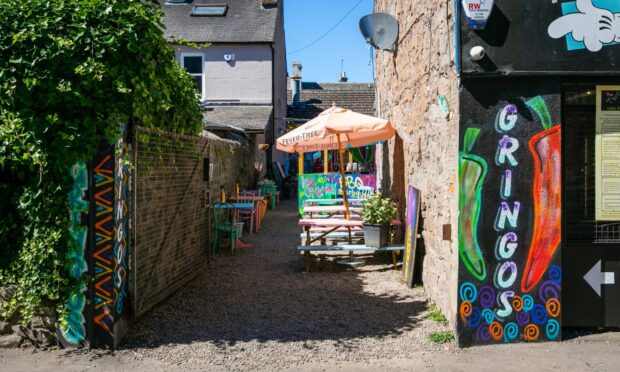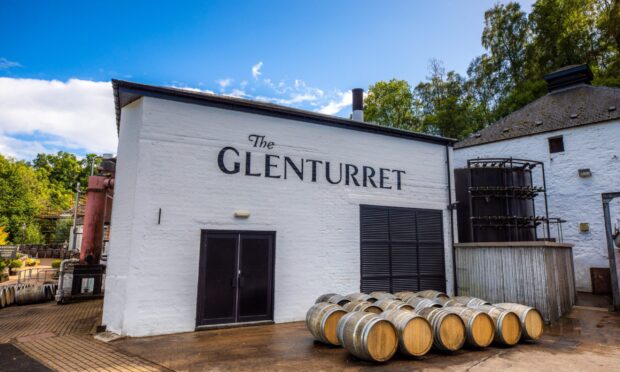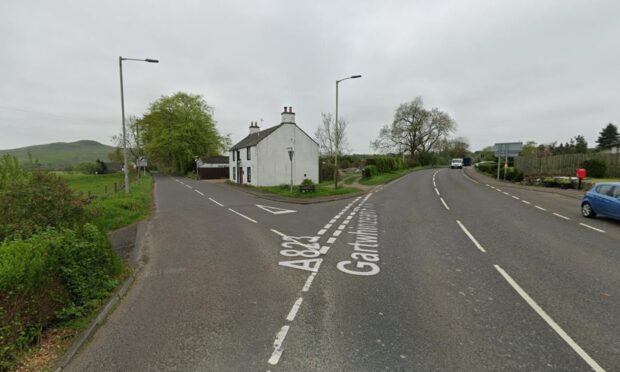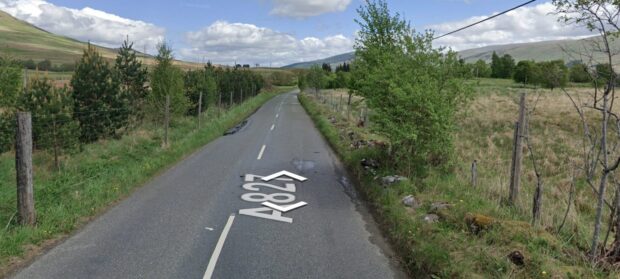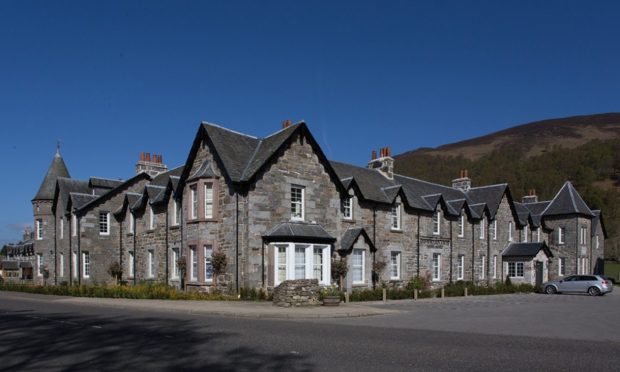The industrialisation of Scotland’s wild landscape is damaging the tourism industry, an environmental charity has said.
The John Muir Trust, which is based in Pitlochry, says that while tourists flock to Scotland’s outdoor areas for the summer holidays, a clear majority would be put off visits by industrialised sites.
The charity believes that protecting wild areas will also bring benefits to the tourism industry and is running the Keep it Wild campaign to highlight the potential risk to tourism from industrial development of Scotland’s scenic areas.
A survey carried out by the trust reveals that the majority of Scottish adults – 55% – are “less likely” to visit scenic areas in Scotland if they contain large scale infrastructure, like commercial wind farms, electricity transmission and super-quarries.
Just 3% said they were “more likely” to visit such areas, while 26% said that the existence of large scale developments would make “no difference” to their decision to still go to scenic areas anyway.
Of the remainder, 10% were undecided, while 6% expressed no interest in visiting scenic areas at all.
The figures were released to mark the latest stage in the John Muir Trust ‘Keep it Wild’ campaign, which calls on the Scottish Government to use the forthcoming Planning Bill to give Wild Land Areas protection from damaging industrial-scale development, similar to the protection already in place for windfarms in National Parks and National Scenic Areas (NSAs).
YouGov survey results released at the start of the campaign in June showed that 80% backed the proposition that Scotland’s Wild Land Areas should receive continued protection from large-scale infrastructure development.
Andrew Bachell, chief executive of the John Muir Trust said: “As schools across England break up to the summer holidays this week and many families flock to Scotland for breaks, we must stop and ask what they value about their stay. For many, it’s the ability to enjoy being outdoors in Scotland’s unique, unspoilt natural landscapes.
“Visitor expenditure in Scotland’s National Parks alone is worth £187 million a year, with further revenues brought in by tourism businesses in scenic areas from Shetland to the Borders.
“So when a clear majority of people say they’d be put off visiting scenic sites like Wild Land Areas by the existence of large-scale wind farms, giant pylons, super quarries and other inappropriate commercial developments, policymakers have to pay attention, before it’s too late.”
